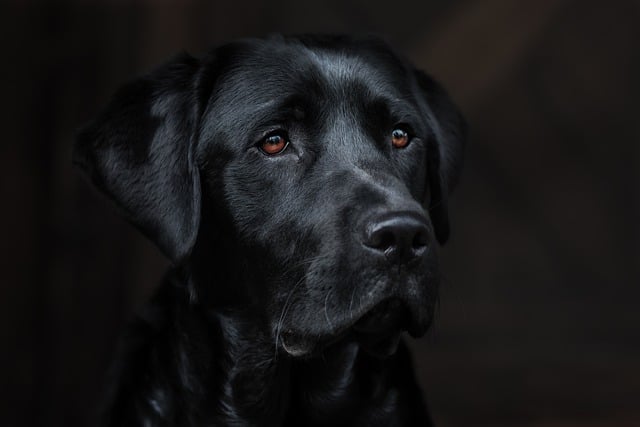
How do I make my dog poop in a specific spot?
If you’ve ever chased your dog around the yard trying to get them to go potty in one place, you know how frustrating inconsistent habits can be.
Many Labrador owners find themselves frustrated when their fluffy pups don’t pick up commands as quickly as expected. The truth is, Labs are bred as working dogs—originally for retrieving game—so their high energy and love for play can easily distract them during training sessions. For example, if you’re trying to teach “sit” in a park where squirrels dart by, your Lab’s natural instinct to chase will likely win out over focusing on your command. This doesn’t mean they’re untrainable; it means you need to match their energy levels with short, engaging training bursts instead of long, tedious sessions.
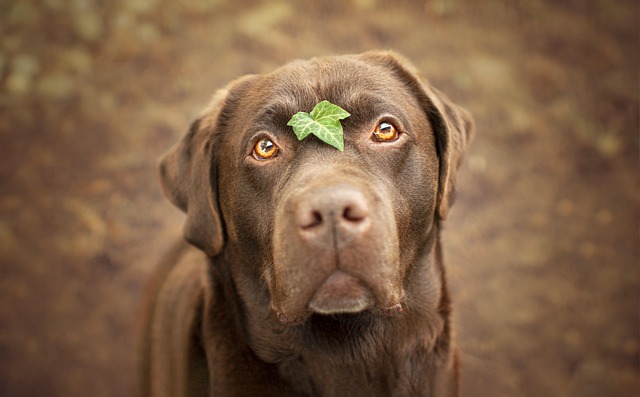 Another factor that makes Labrador training tricky is their strong desire to please, which can sometimes lead to confusion. If you’re inconsistent with commands—say, using “down” one day and “lie down” the next—your Lab won’t understand what you want. This inconsistency becomes even more important when considering compliance with European and American dog training laws. Many regions require dogs to respond to basic commands like “come” in public spaces to ensure safety, and failing to train these properly could result in fines or other penalties. For instance, in some U.S. cities, a dog that doesn’t come when called and approaches a stranger might be labeled a “nuisance,” leading to legal consequences for the owner.
Another factor that makes Labrador training tricky is their strong desire to please, which can sometimes lead to confusion. If you’re inconsistent with commands—say, using “down” one day and “lie down” the next—your Lab won’t understand what you want. This inconsistency becomes even more important when considering compliance with European and American dog training laws. Many regions require dogs to respond to basic commands like “come” in public spaces to ensure safety, and failing to train these properly could result in fines or other penalties. For instance, in some U.S. cities, a dog that doesn’t come when called and approaches a stranger might be labeled a “nuisance,” leading to legal consequences for the owner.
It’s also easy to overlook the role of socialization in Labrador training, especially for puppies. Labs are social creatures, but if they don’t get exposed to different people, animals, and environments early on, they might become anxious or reactive—making training harder later. A common mistake owners make is waiting until their Lab is six months old to start socialization, by which time fear responses can already set in. Instead, gradual exposure from 8-16 weeks old—like letting them meet calm cats or walk near busy sidewalks—helps build confidence, so they’re more likely to focus during training. Plus, socialized dogs are less likely to run into issues with local laws that require well-behaved pets in public areas.
The good news is that with patience, consistency, and an understanding of your Lab’s unique traits, training can become a rewarding experience for both of you. Start with 5-10 minute sessions a few times a day, use high-value treats like small pieces of chicken to keep them motivated, and always end on a positive note—even if progress is slow. Remember to check your local European and American dog laws to ensure your training methods align with regulations, such as avoiding harsh punishments that might be prohibited in some areas. Over time, your Lab’s eagerness to please will shine through, and you’ll have a well-trained companion that’s welcome in any public space.

If you’ve ever chased your dog around the yard trying to get them to go potty in one place, you know how frustrating inconsistent habits can be.
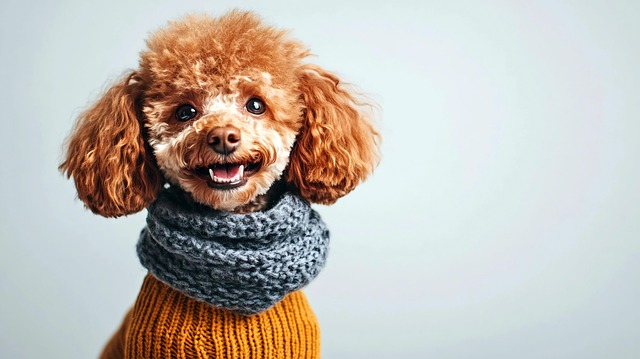
Giant Poodles sit near the top of the list for intelligent dog breeds, and that smarts makes them quick to pick up on training cues—if you approach it the right way.
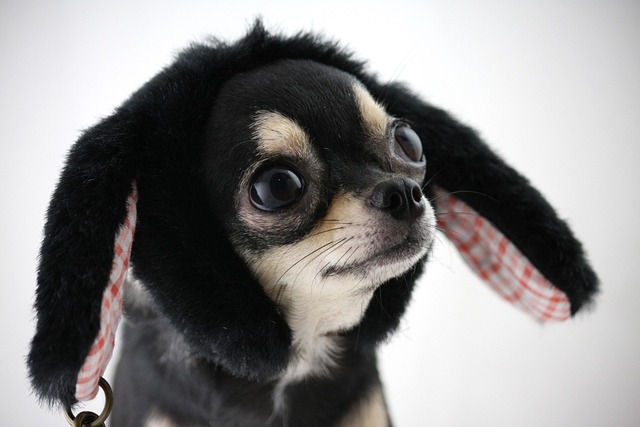
Chihuahuas are tiny but mighty, and their small bladders mean accidents inside can happen more often than with larger breeds. Start by sticking to a strict schedule—take them out first thing in the morning, right after meals, and before bed.
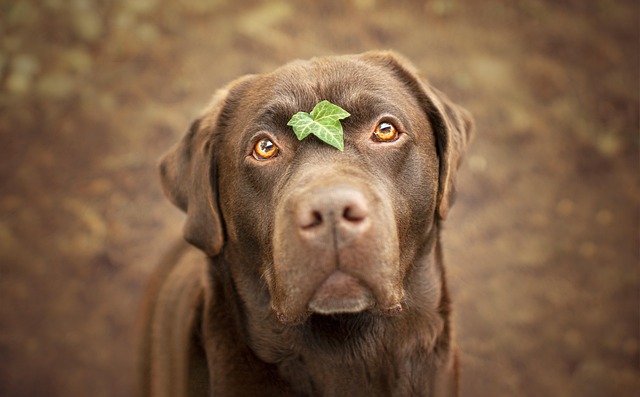
Many Labrador owners find themselves frustrated when their fluffy pups don’t pick up commands as quickly as expected.
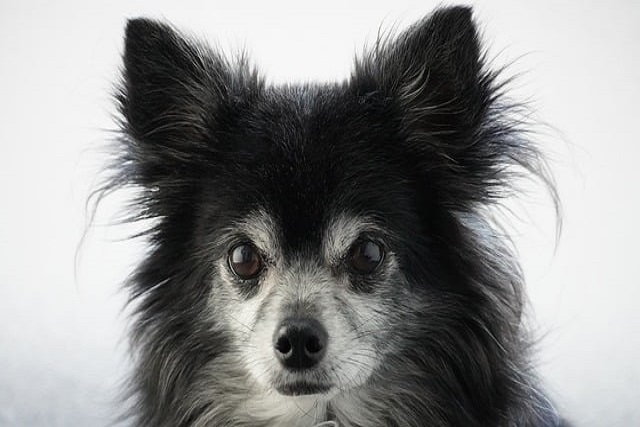
Witnessing your dog display aggression is deeply concerning, and the immediate question of what you can "give" them to make it stop is a natural one.
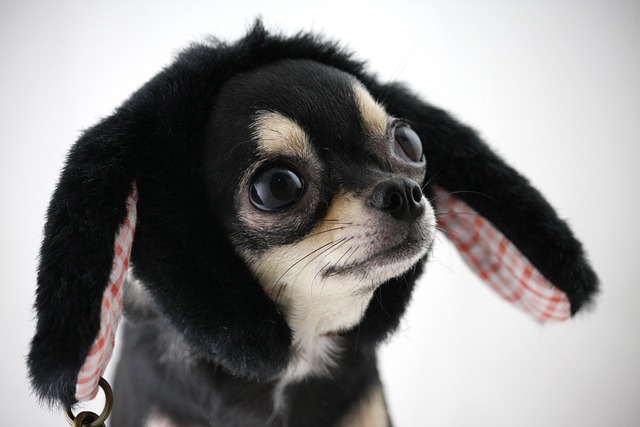
That moment your dog's hackles rise and a low growl rumbles from their throat at the sight of another canine can turn a pleasant walk into a stressful ordeal.